One evening, some silliness with a couple of teacher friends prompted me to Google an old series, The Beverly Hillbillies. Watching an episode transported me immediately back to my beloved childhood spot on the living room floor in front the TV. Like Jethro and Ellie Mae Clampett from the series, I grew up in an unconventional multi-generational household. The matriarch of our family was my great-grandmother, Mommie (pronounced with the second syllable stressed, in the Creole way), born in 1892. The matriarch of the Beverly Hillbillies was “Granny”. Although the show was an ensemble piece, Mommie seemed to only have eyes for Granny. Granny’s grey hair, her quick movements and her feisty wit rated Mommie’s commentary and wonder. At the time it was curious to me, but now that I am seeing my own Gen-X Hollywood A-listers relinquish their roles to the next generations, I understand why Mommie was so enamored with Granny. She saw in Granny a peer at a time in her life when her own peer group was dwindling. Ageism wasn’t even a word before 1969. There was no Netflix to push quality diverse programming and Norman Lear had not yet shaken up the sitcom scene. There were no Gracie and Frankies, no steamy Richard and Catherine love scenes and certainly no Morgan Freemans who kept getting hired “in spite of” being a minority and a senior. Mommie liked seeing Granny because she saw herself; and in seeing herself reflected on the Curtis Mathis TV screen, she felt un-invisible.
Thinking of how important Granny was to Mommie made me think of how important it is to be seen. EDU has responded to the need for inclusion and, although there are still “bubbles”, many educational settings have made strides in celebrating diversity and ensuring that students see themselves reflected in the staffs, literature and lessons on their campuses. Still, my question is, how are we defining diversity? In Hollywood it’s race, gender and age. In the classroom, we subtract age and add religion and socio-economic status. While these four cover a lot of ground, I’d like to challenge us all to go beyond those labels. How well are we validating and supporting students when the divergence is not apparent? Is there a quiet space at lunch for students who have social anxiety? Are there books to empower and encourage homeless kids or the students who run households? Are there qr codes and easily accessible resources posted for students struggling with depression and self-harm? Are our classes safe spaces for the kids with the “weird” hair or clothes who march to a different beat? Are we ourselves authentic and accepting so that students see themselves reflected in real life role models?
Beyond SEL and differentiation, how are you ensuring equity and access for all? Here is a challenge: have a weekly open door lunch and see who shows up. Get a couple of other teachers to do the same. A ‘lunch and hang’ will clue you in on who feels seen or who needs to be seen. It will give you a chance to learn about campus needs and trends you don’t know exist. You will find out about TikTok, games beyond Fortnite and Pubg, Creepypasta and who writes fan fiction. If your kiddos are younger, you will find out which cartoons are good, if wheelchair and ethnic hair Barbies really make the grade, and probably more about families than you want to know. You’ll find out who has lunch and who has hot Cheetos–or nothing at all. You will find out if your campus is a reflection of the students you serve and how you can serve better.
Mommie’s womance with Granny taught me the essence of what Maslow’s Hierarchy of Needs taught me to name decades later; a sense of love, connection and belonging is essential. The questions I’ve asked here are the questions I ask myself daily. Am I really seeing my students? I can’t include what I don’t see so as an advocate for diversity and inclusion, I will be making sure to use my glasses more. Join me?
